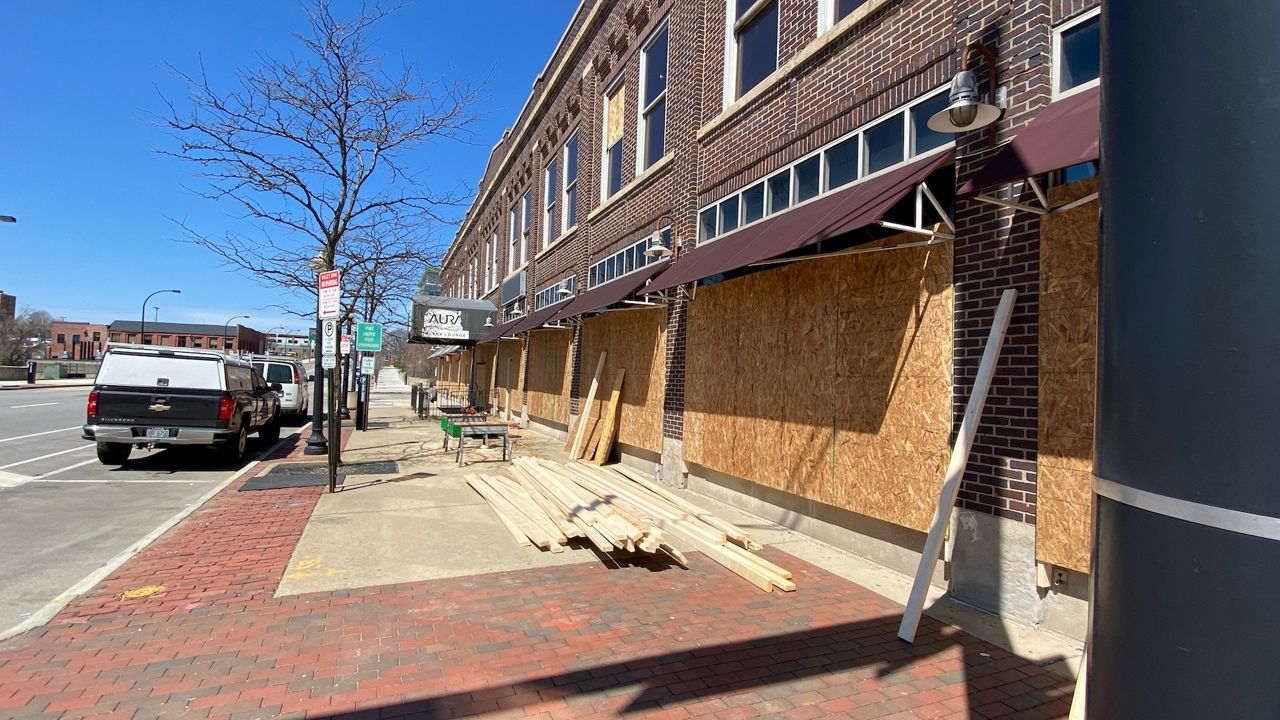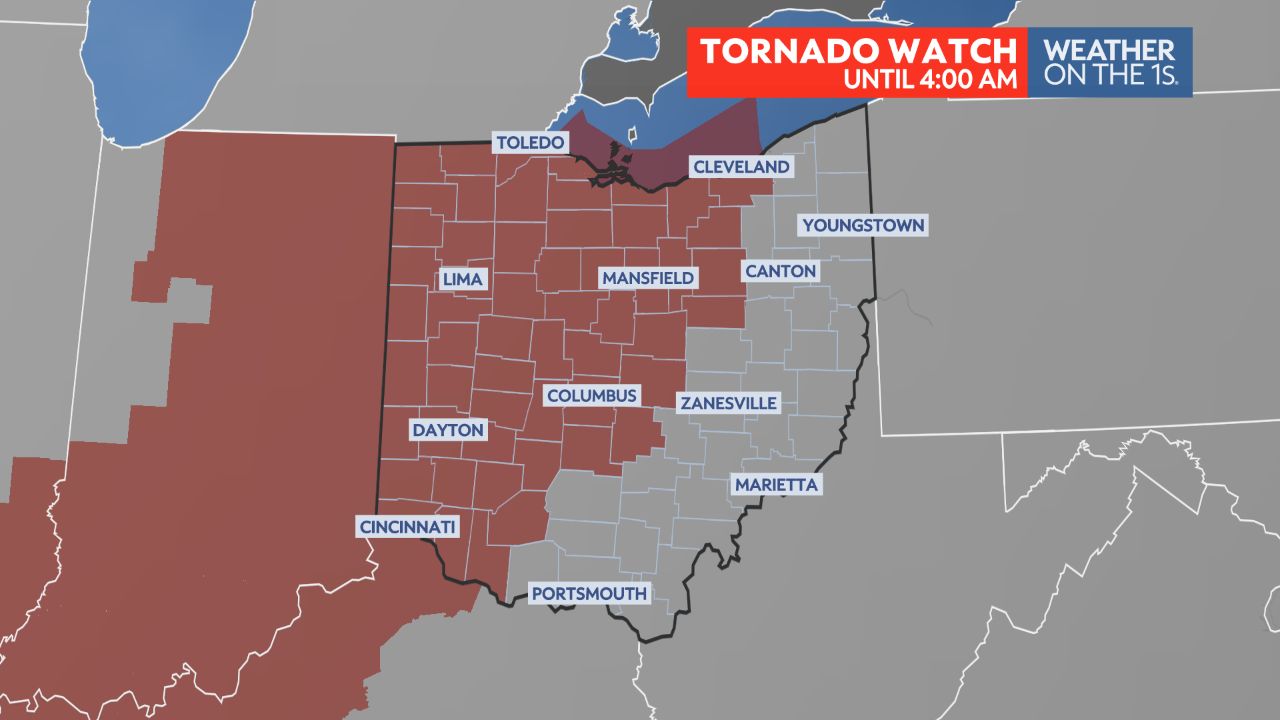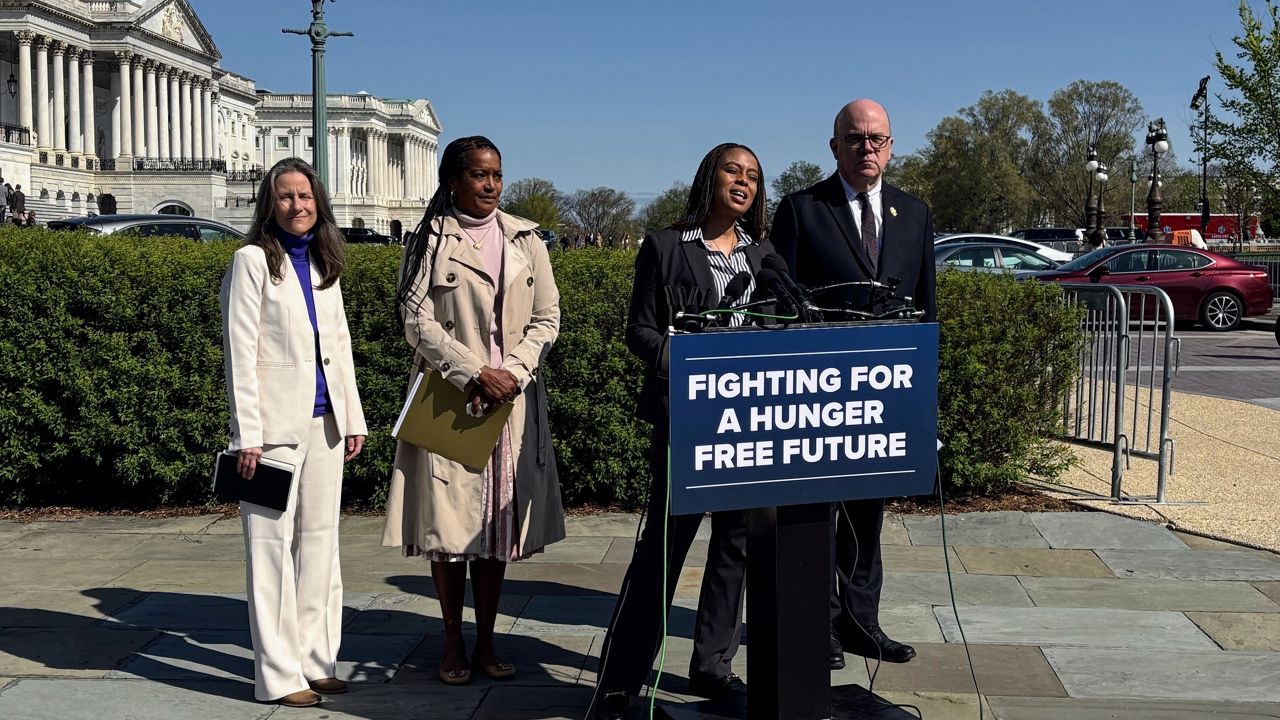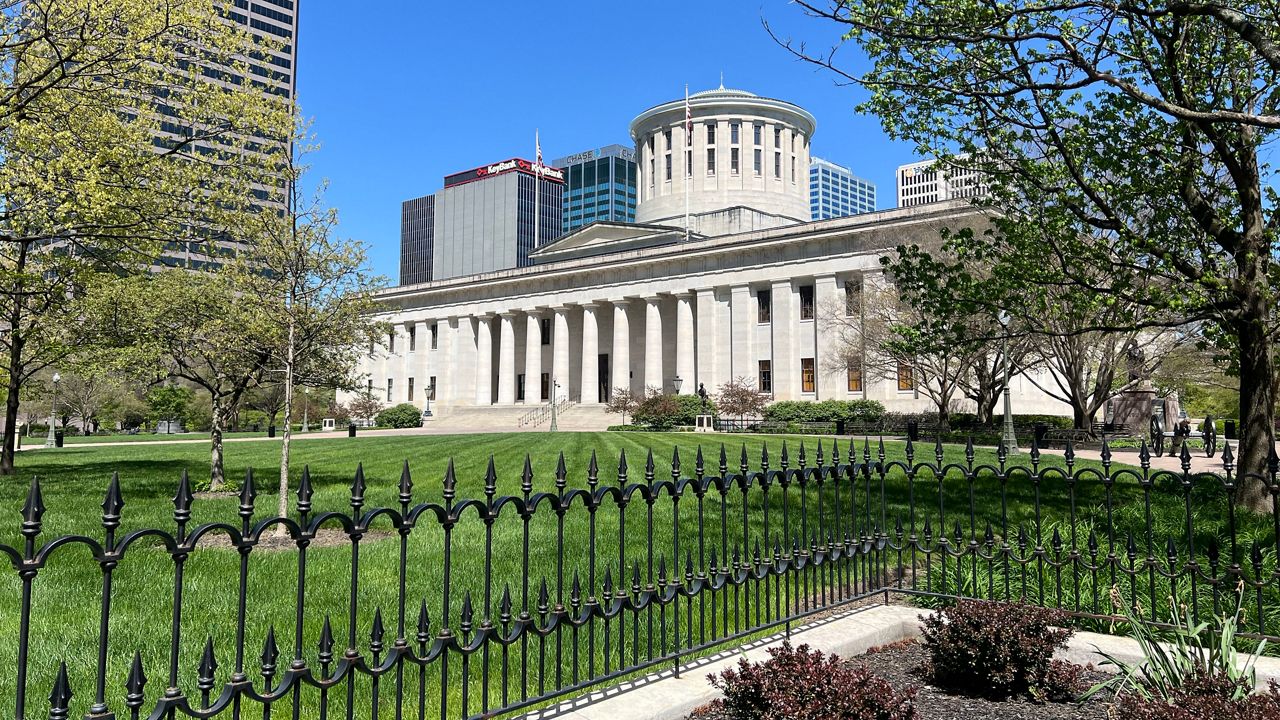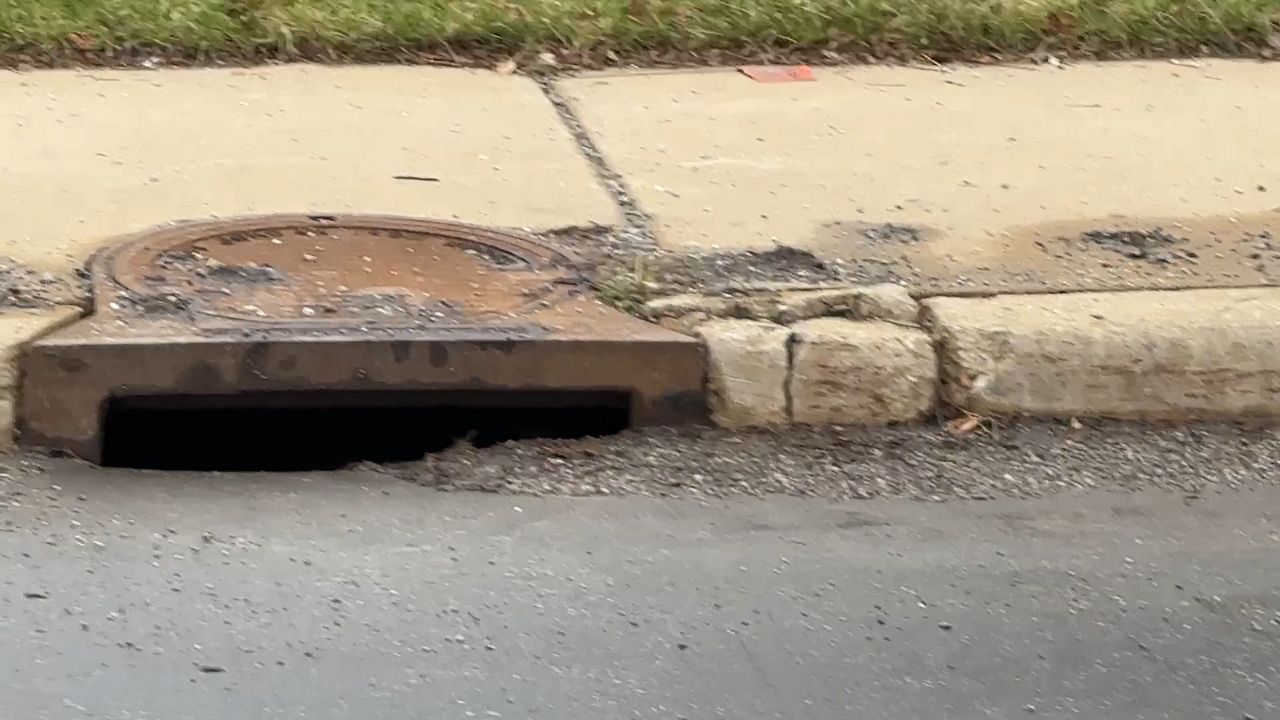AKRON, Ohio — The city of Akron is bracing and preparing for anticipated protests once the grand jury reaches a decision in last year's officer-involved shooting of Jayland Walker. The process of seating a grand jury began Monday.
The shooting has been under investigation by the Ohio Bureau of Criminal Investigation and is now in the hands of the grand jury, officials said.
During police-community meetings over the past few weeks, Akron Police Chief Steve Mylett told groups the city is establishing a safe zone for protesters to demonstrate.
The designated safe zone is planned as a way to keep people safe should outsiders descend on the city, “coming into a legitimate protest to hijack it,” he said.
Mylett told a group last week that he witnessed that happening in the aftermath of the George Floyd murder. While he served as chief of the Bellevue Police Department next to Seattle, a vehicle attempted to drive into a group of seated protestors, Mylett said.
Akron’s designated zone is also designed to help contain the anticipated protests, as demonstrations that broke out last summer included violent mobs that moved through downtown, smashing storefronts and lighting dumpsters on fire, he said.
During some of those protests, police deployed tear gas and pepper spray, and people were arrested. Mylett said those are the tools police will be forced to deploy again if protests get out of hand.
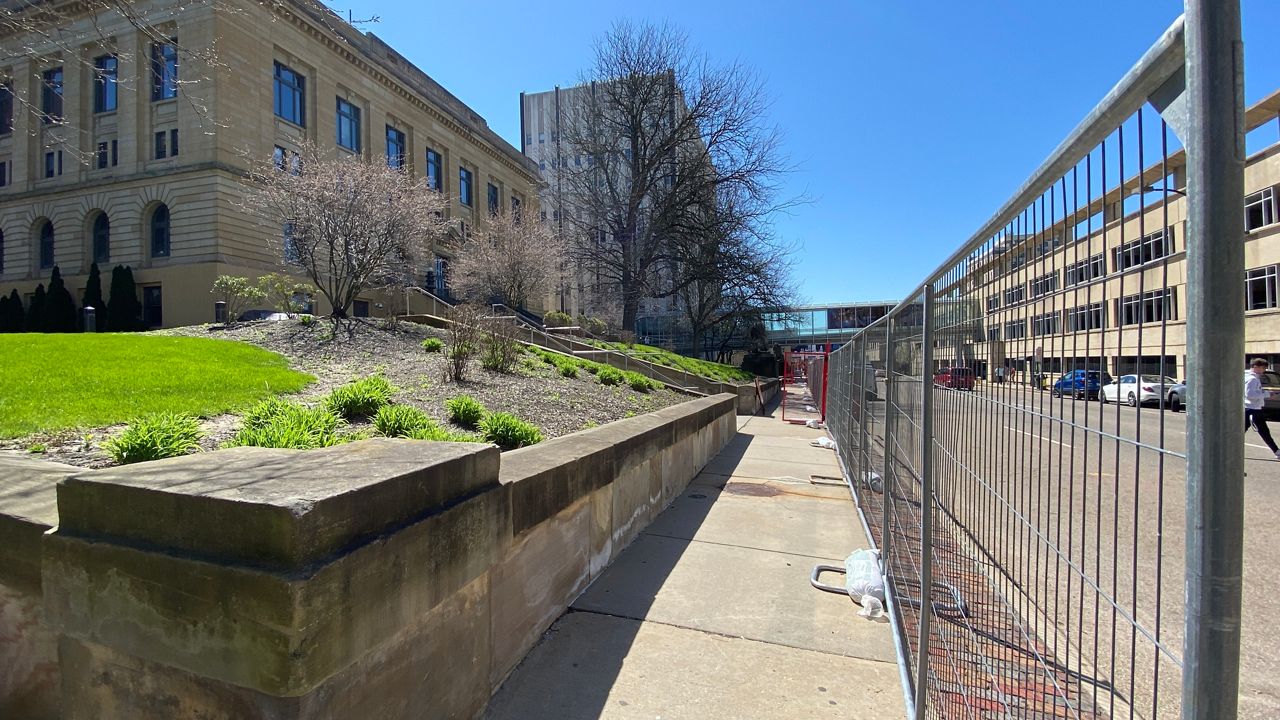
If protests become too violent, the U.S. Dept. of Justice will be ready to offer support, he said.
Fencing now runs the long block of High Street in front of the Harold K. Stubbs Justice Center, Summit County Municipal Courthouse and Akron Police Headquarters.
Concrete barriers are set up by side streets, and at East Bowery Street and University Avenue at the ends of the designated protest zone. The barriers are positioned to be readily pushed into place if that portion of High Street needs blocked off.
On Friday, Akron Municipal Court announced its courtrooms would be closed to the public beginning Monday, with all arraignments to be held remotely. The courthouse sits next to the Summit County Courthouse, which is housing the grand jury.
Some downtown business have boarded their windows, while others are in the process of installing plywood over their storefronts. Many businesses, even in areas hit hard last year, have installed no physical barriers yet, as the grand jury is expected to take about a week to hear evidence in the Walker case.
The grand jury will likely review extensive evidence, from witnesses, body-worn video and crime-scene evidence to cell-phone records, ballistics and other evidence, officials said.
Evidence from previous BCI investigations into officer-involved shootings is available to review on the Ohio Attorney General website.
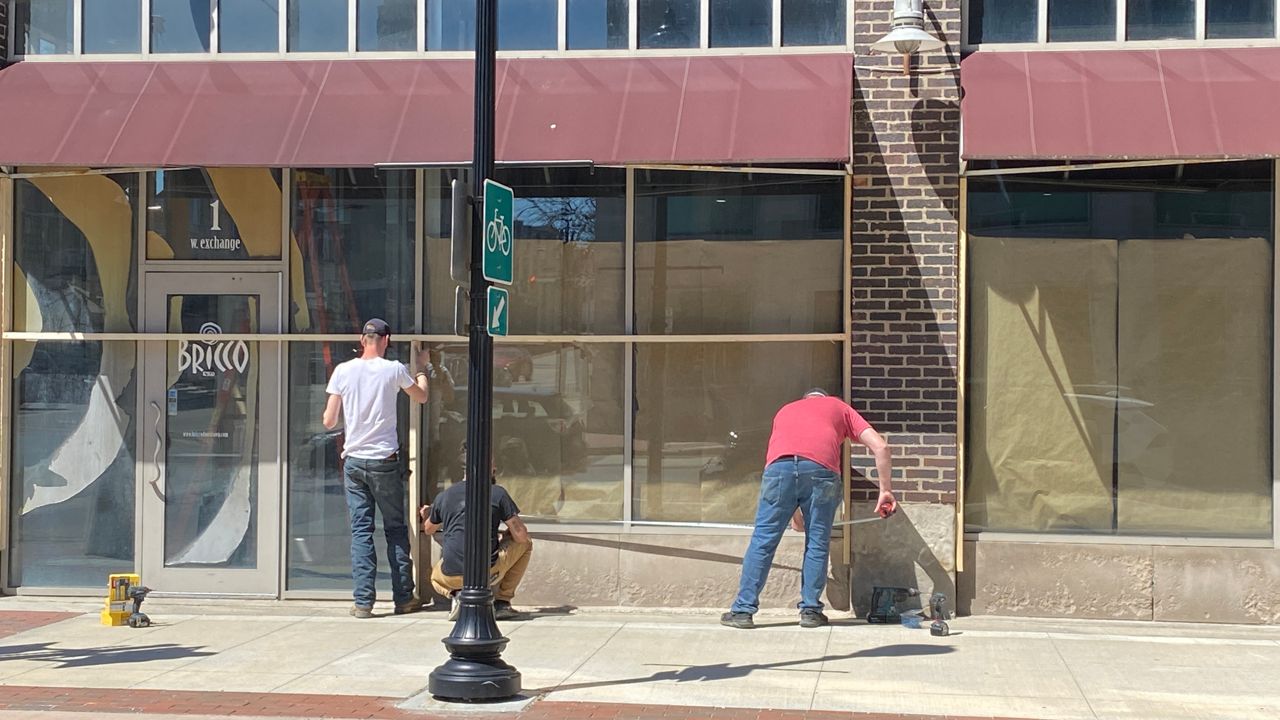
Grand juries don’t have the power to convict defendants, officials have explained during the community meetings. The grand jury can issue indictments, which would then send the case to regular court.
The grand jury will decide whether the eight Akron officers who fatally shot Walker on June 27, striking him more than 40 times, can be charged with a crime. The officers are all being tried at the same time, although the jury can indict one, all or none of the officers, officials have said.
Walker was shot after leading Akron police on a car chase, evading officers who tried to stop him for burned out plate lights and broken right tail lights, according to police reports.
During the chase, he fired at them, police said, prompting additional officers to join the chase.
Walker eventually drove into a parking lot in south Akron and exited the still-moving vehicle wearing a ski mask. He then ran, stopped and turned, making movements police said they perceived as threatening, causing them to fire.
The previous evening, Walker evaded New Franklin police who said he led them on a chase at about 2 a.m. for the same equipment violations that caught the attention of Akron police.
When Walker failed to stop, the New Franklin officer followed him for several miles with overhead lights and siren on, according to the police report. Walker never stopped and despite “multiple marked lanes violations,” the officer ended the pursuit at the northern city limits.
Last week, the city launched Akron Updates, a website to provide the community with up-to-date information on the approved demonstration zones, mental health resources, the grand jury process, protesters’ rights and more.
Once the current proceedings are complete, Akron’s Office of Professional Standards and Accountability will conduct a separate internal investigation, the city said, with the results provided to Mylett and the Akron police auditor for additional review.





